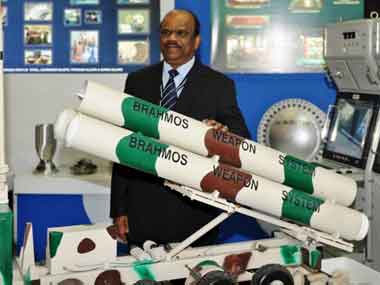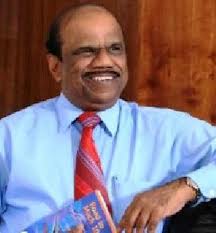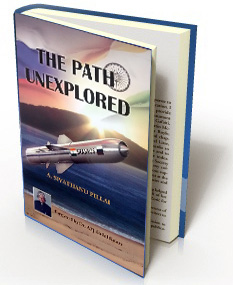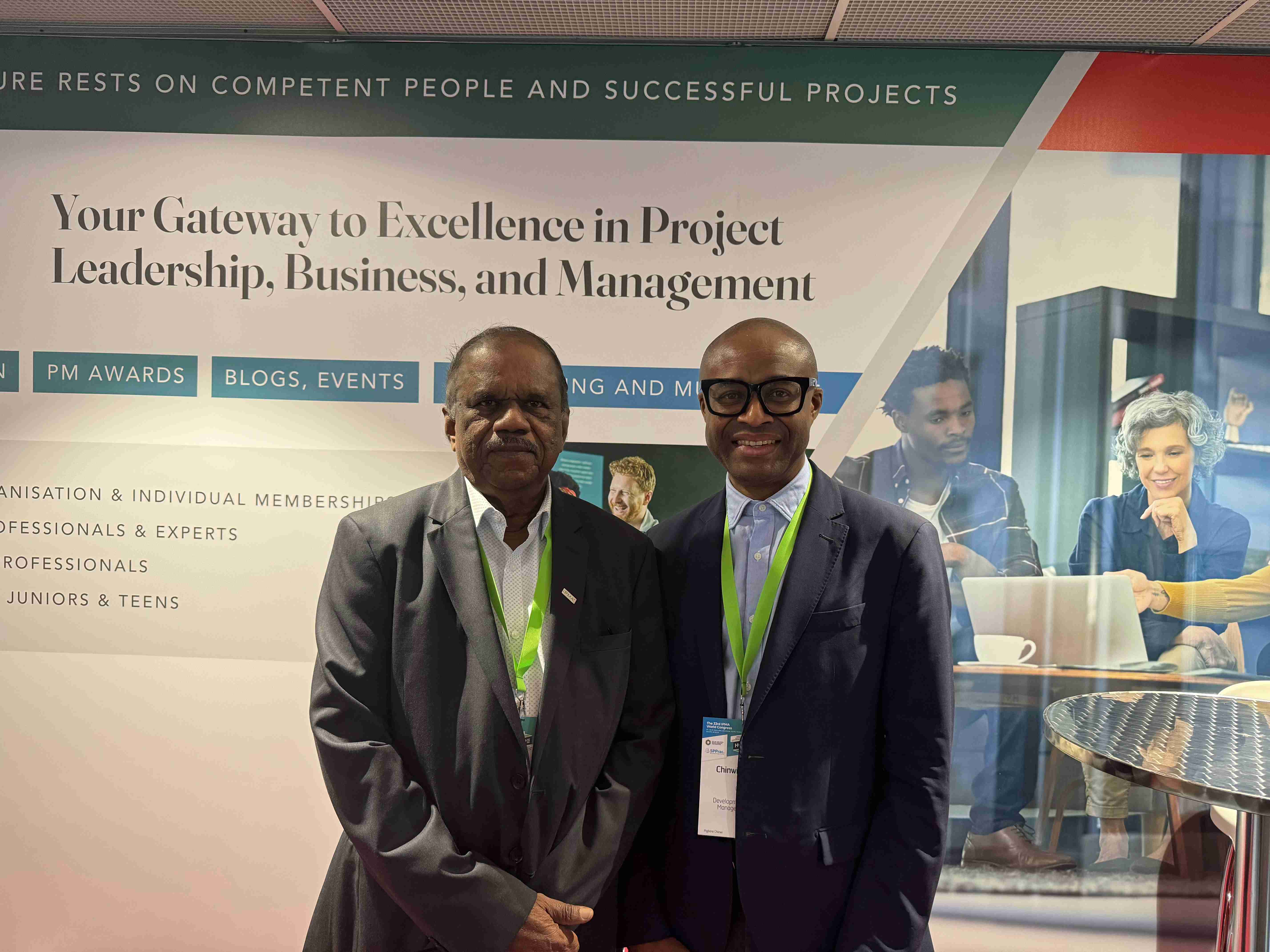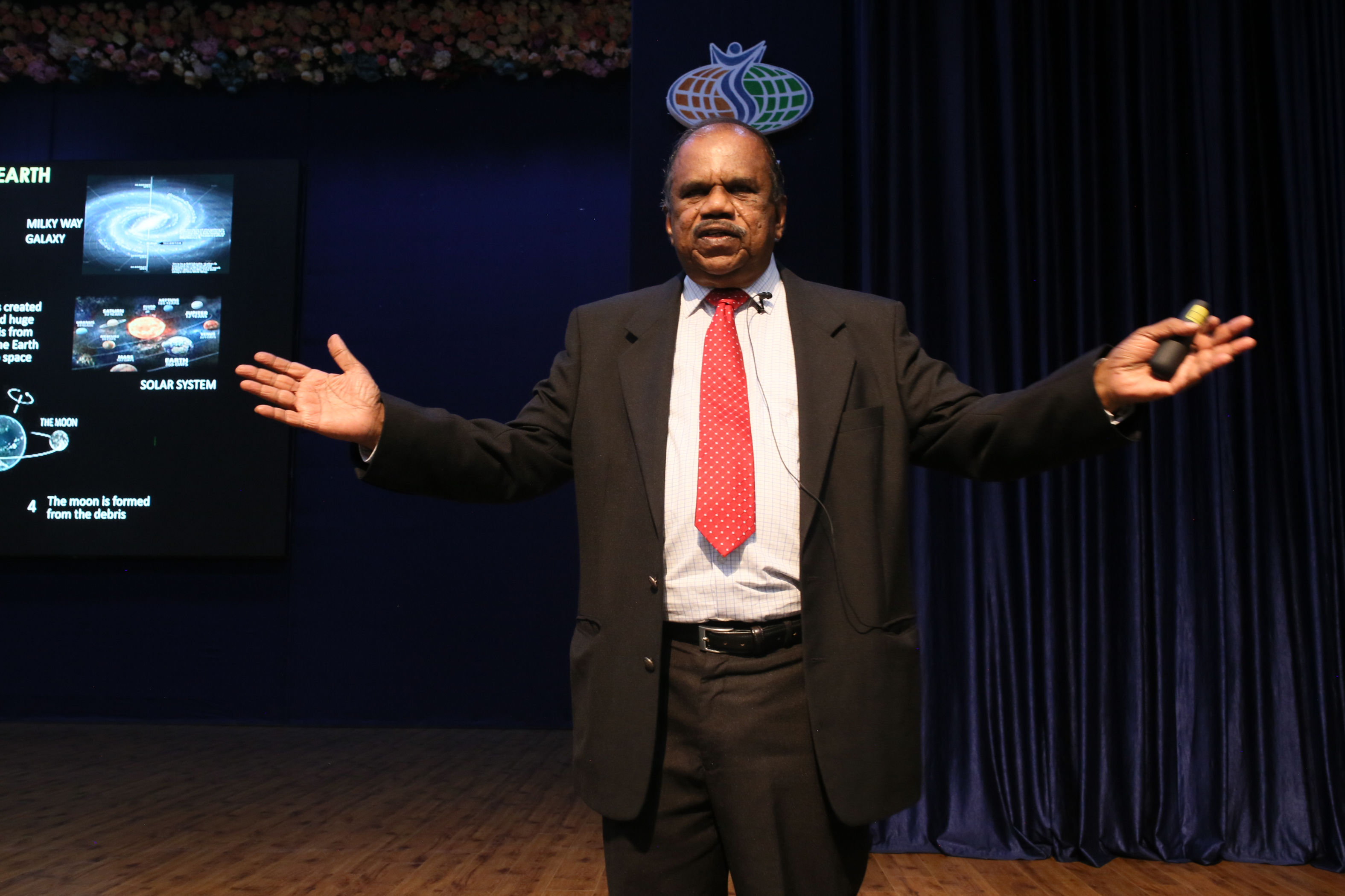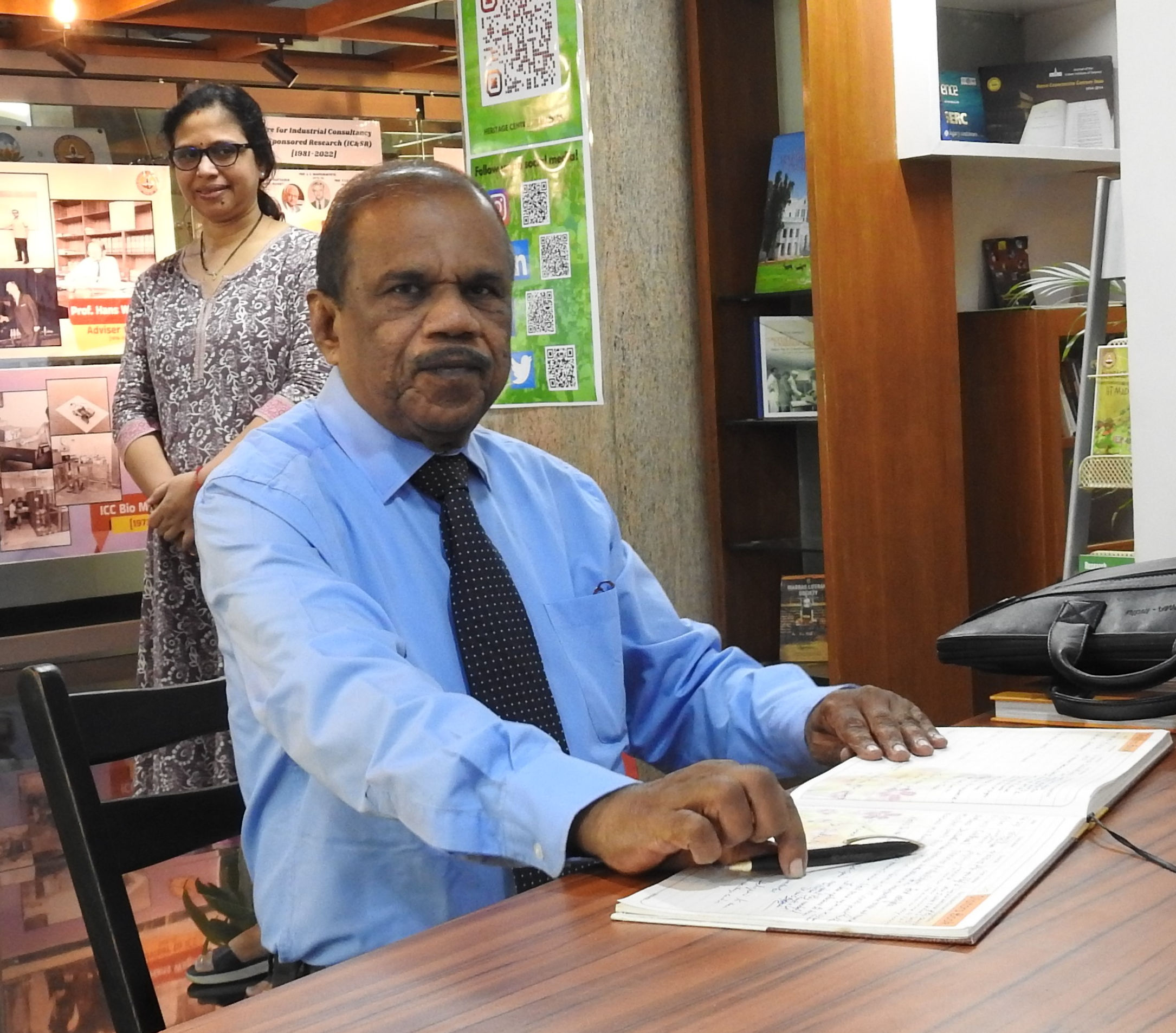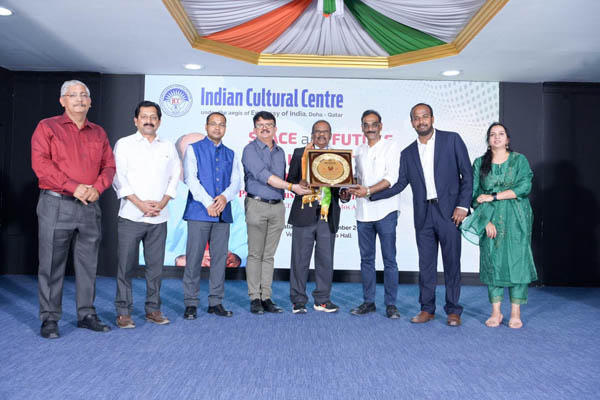Convocation Address
PGP College of Engineering and Technology
07 April 2013
By
Dr. A. Sivathanu Pillai
Distinguished Scientist & Chief Controller R&D, DRDO & CEO&MD, BrahMos Aerospace
“Thoughts for Change - We Can Do it”
I am indeed honoured to participate in the Convocation of the PGP College of Engineering & Technology, Namakkal. I am very much fortunate to be here on this day sharing the dais with Dr. Palani G Periasamy, Chairman, PGP Group of Companies who is a great entrepreneur, educationist, Professor and an Industrialist and has set an example for role model for every one of us. An ideal and exceptional personality who had taken on challenges became successful in life and has provided employment to several thousands of people. I am one of the admirers of Dr. Palani G Periasamy for his outstanding achievements in life and still young, active and carrying on many new projects.
My greetings to Principal and faculty members for their excellent and devoted efforts to shape the young minds for meeting the challenges of tomorrow and to the graduates who have successfully completed their course. I extend my special greetings to the proud parents of the students who are graduating today, whose unflinching dedication and support have made it possible for their success.
Dear graduates, this is a great day in your life, and take-off point for a bright future. You have chosen the engineering profession, which can help building a great India, we are all dreaming for. I was fortunate to work with three great technology leaders, Dr. Vikram Sarabhai – a great visionary & the father of space research in India who always taught us to Think Big, Prof. Satish Dhawan – an institution builder and great Technologist who nurtured space programmes for India and made ISRO successful taught us decision making with logic, analysis and reasoning, and Dr. Abdul Kalam –a great humanist and people’s President taught us to work hard with honesty and integrity. Thus, these three great men influenced and shaped my life. I always remember them. I am telling this because what we learn through others’ wisdom and experiences is also important in a leap frog trajectory of development for each individual. In your life, you will have similar experience and I wish you to be fortunate to work with good leaders who can shape your career. So, you will come across several experienced leaders. Learn best out of them and add as inputs to your faster growth. Think big, work hard, be simple and have honesty. What you aim for, you will achieve. Hence, I would like to talk to you about some experiences that will emphasize that “ We can do it”.
The Great Indian Scientists
Ancient scientists of India were far visionary than others, of that time, in all the fields - mathematics, medicine, aviation, astronomy etc. in terms of scientific achievements. Astronomer & great mathematician – Aryabhatt; Genius in algebra – was first to proclaim that the earth is round and rotates on its axis and is acknowledged for calculating ? (Pi) to 3.1416 and sine table in trigonometry. Bhaskaracharya; first to discover gravity, 500 years before Sir Isaac Newton. Acharya Kanad; a founder of Atomic theory – said "Every object of creation is made of atoms which in turn connect with each other to form molecules”; Acharya Susrut; the father of Plastic Surgery performed Rhinoplasty i.e. Restoration of a damaged nose and introduced anesthesia; Acharya Bharadwaj; pioneered in Aviation Technology made different designs of spacecraft which can fly from point to point on earth, between planets and between one universe to another, Acharya Kapil gave the concept of transformation of cosmic energy. Such was the power of forward thinking of ancient Indians. India had a rich civilization heritage and was the light house of knowledge for the whole world. We have to bring back the scientific lead India had 2500 years before. I am telling you about the past to remind you that we belong to a great Gene.
Scientists of Modern India
With no infrastructure and with little support from the Government of the day, Sir CV Raman got Nobel Prize in 1930 for his discovery of Molecular Difraction of Light. Prof. S Chandrasekhar got Nobel Prize for the discovery of Black Hole which can determine the life of Sun. Srinivasa Ramanujam made outstanding contributions to analytical number theory. Dr. JC Bose contributed in the area of microwaves. SN Bose derived the Saha-Bose equation of state for a non-ideal gas, Bose-Einstein condensation and Higgs Boson …. Saha’s theory of high-temperature ionization of elements and its application to stellar atmospheres, as expressed by the Saha equation, is fundamental to modern astrophysics. Needless to say, the list is not complete. There are many other scientists who have contributed in different fields as they wanted to excel the foreigners and prove the Indian might when India was under the foreign rule. Where are those scientists now, when we have excellent world class research laboratories such as BARC, VSSC, CAT, RCI, CCMB, RRI and so on? What is making us not progressing and not getting the Nobel Prize? We have lost our self-esteem and patriotism.
The spiritual wisdom and culture have been our strength. We survived as a Nation, the onslaughts of invaders for more than 1000 years and the numbing effects of colonization. We also learnt to adjust to rifts and divisions in our own society. But in the process of all adjustments, we also lowered our aims and expectations and settled down to a lower mindset. From the great knowledge givers to the world and prosperity, we came down to the lowest strata of living at the time when we won our freedom. It is time now that we must regain our heritage and wisdom to enrich our lives in the coming years. Presently, we are far from the expectations. Therefore, we need to evolve our own model of development, based on our inherent strengths to reiterate to the world that Indians are remarkable.
India is a unique Nation, constantly communicating the highest value of democracy and unity among diversity to the world. There may have been ripples here and there, time and again, but in an overall analysis “India is India”. When we talk about a Nation and its greatness, everyone in that Nation has to be a responsible citizen. Every individual needs to create a value system and contribute individually and collectively for the nation to grow.
We need to set our targets high and work hard to achieve them unitedly. We may encounter genuine problems on the way, but we have to defeat them so that the problems do not absorb us and become our masters. Nothing is impossible, if our aims are high and purposeful, and if we are determined to achieve them.
Mahatma Gandhi said:
“Men often become what they believe themselves to be.
If I believe I cannot do something, it makes me incapable of doing it.
But when I believe I can, then I acquire the ability to do it,
even if I did not have it in the beginning.”
After India’s independence, the development started through five year plans systematically growing the prosperity of the nation. Science & Technology Policy of the country made a big change. From hand to mouth situation, we attained self-sufficiency in agricultural and milk production through mission mode programmes using technology as a tool. Simultaneously, India gradually gained competence in the fields of heavy industries and power generation by Government funding and support from other countries. This created large scale employment in the country, resulting in the development of skilled manpower. During 1960s, the focus shifted to the development of critical technologies, especially, in nuclear energy, space and defence technology for self-reliance, pushing our country closer to the developed Nations. This vision has led India today to achieve the status of nuclear weapon state, space club member and self-reliance in defence technology. India’s indigenous missile development programme for Defence through IGMDP encountered a huge road block through technology denial regimes, like MTCR imposed by the developed countries on developing nations like India. The attempt was to contain the developing countries as buyers of second rated technological products. Our team broke the technology denial regime and worked on achieving self-sufficiency in missile development and production using network of academic institutions, R&D organisations and Industries. Thus, we had succeeded in developing critical technologies for the missile projects. Technology Denied is Technology Gained.
Missiles
India’s missile programme, IGMDP was led by Dr. APJ Abdul Kalam with his vision of making India a strong & self-reliant country. Since the whole development had to be developed within India to leap frog technology, we used unique managerial skills for technology empowerment of the nation. One of the important technology was the re-entry of Agni missile. Agni after take off goes to space to an altitude of 500 km and travels back to the earth atmosphere. At 85 km altitude, it re-enters the atmosphere with a speed 14 times the speed of the sound and the temperature experienced by the re-entry module is 3500 deg C. It is very important the re-entry module must protect its shape and structural integrity even at this condition for the mission to be accomplished to deliver the payload at the right destination. This needs a very exotic material called Carbon-Carbon. Only two countries knew this technology when we started development of Agni. It was a very challenging task because with almost no basic information and technology we have to develop this re-entry module. In a short span of six years leading a team of young dedicated scientists, this re-entry technology was developed and flown in the Agni mission successfully. This shows empowering the scientists and giving a challenge to them will result in a magnificent technology. Such challenges and opportunities with empowerment can definitely bring extraordinary results from our youth - both boys and girls.
Indian Supercomputer
Re-entry being the most critical aspect of such class of missiles, we had to configure the optimal design of the re-entry nose cone of the Agni. This required a hypersonic test facility for evaluating hundreds of configurations which did not exist in India at that time. So, there was a requirement of mathematical solution to the problem. The technique used was Computational Fluid Dynamic and it required supercomputing to do that.
India had a XMP CRAY super computer for weather prediction at Indian Meteorological Department, New Delhi. Restrictions were imposed by the US Government not to use this computer for any other purpose. Hence, India could not use it though it was available. We tried for a CRAY computer to DRDO. Selling supercomputer was denied by a great country. This triggered the minds of our scientists to develop within the shortest possible time a parallel processing computing system which can meet the requirements of Agni and similar projects. Initially the work started using conventional Euler Codes and used conventional PC’s each iteration took nearly 8 to 9 days. With the use of advanced software codes like BHEEMA and KAREESHMA indigenously developed by our young scientists / engineers, mostly women led to PACE++ 128 node super computer and consequently each of these iterations now take less than 8 minutes. Our CFD codes are claimed to be one of the best in the world. The CFD centre has emerged very strong and a centre for excellence at the campus of Indian Institute of Science. This was a revolution in self-reliance in super computing systems and computational fluid dynamics.
BrahMos Supersonic Cruise Missile
The emergence of Indo-Russian joint venture ‘BrahMos’ is a major break-through in missile technology. India and Russia jointly established “BrahMos” to design, develop, produce and market a world class supersonic cruise missile system. BRAHMOS missile is a world-class product using the synergy of technological competence and consortium of industries of both partner countries. The BRAHMOS missile is the fastest operational cruise missile existing in the world today and can be launched from any type of platform - land, sea, sub sea and air, and precisely reach the targets either on land or at sea with high lethal effect. Today, except India and Russia, no one in the world has the Supersonic Cruise missile. I would like to tell you, when India launched SLV-3 on 18 July 1980, India became the member of the Space Club, but was 7th country to conduct a satellite launch; When AGNI was flight tested 22 May 1989 and nuclear tests carried out on 11 May 1998, India was the sixth country to have a long range strategic missile with nuclear weapon. When the Indo-Russian Joint Venture BRAHMOS conducted a series of successive successful launches from June 2001, India became the first country in the world to introduce super fast missiles in its Armed Forces. This shows that India can leap frog in technology to attain a unique position in the world, if we are determined to achieve it. So We can do it.
Hypersonic Reusable Cruise Missile–The Sudharshan Chakra
Lord Krishna took Viswaroop at Kurukshetra, with his mighty ever-moving Sudharshan Chakra on his right index finger. The importance of Sudharshan Chakra was its ever readiness to destroy the enemy and come back. If this is so, the idea came to us that why not we create a hypersonic cruise missile which destroys the target and flies back to us for re-use. Going at a speed of Mach 7, deliver the warhead, assess the destruction of the target, come back and get ready to go again, i.e. Hypersonic Reusable Cruise Missile, the next version of Sudharshan Chakra. This is the BrahMos-II programme and it has been started with its design and basic technology development. Our dream of achieving this extraordinary project will come true with the help of young engineers like you.
Technology to Society
The Indian missile programme has given important spin off technologies, particularly for healthcare at affordable cost. One among them is Floor Reaction Orthosis (FRO). FRO is the modern remedy for the polio patients whose quadriceps muscles are paralyzed. Compared to conventional 3 kg caliper, FRO weighs only 300 gm and costs half. There was a necessity for standardization, process upgradation and productionisation of FRO with due clinical validation in order to cater the pressing need of the large number of children affected by polio. Today more than 42000 of such children have been fitted with the FROs. There are many other technologies which have resulted number of spin-off products for different applications.
Conclusion
Young friends, as you all know, India has a vision to become a developed nation by 2020. It is possible only if we achieve a sustained GDP growth rate of over 10% for a decade, along with upliftment of 22% of our population below the poverty line and better quality of life in terms of education, healthcare, employment, infrastructure and security. Technology plays a vital role in realizing this vision. 600 million youth of our country has the responsibility to make India a Developed Nation.
Sir CV Raman said at his age of 80 years in convocation:
“ Success can only come to us by courageous devotion to the task lying in front of us. What we lack is perhaps courage, what we lack is perhaps driving force, which takes one anywhere. We have developed an inferiority complex. I think what is needed here today is the destruction of that defeatist spirit. We need a spirit of victory, a spirit that will carry us to our rightful place under the Sun, a spirit, which can recognise that WE, as inheritors of a proud civilisation, are entitled to a right place on this planet. If that indomitable spirit were to arise, nothing can hold us from achieving our rightful destiny.”
I wish you all success in your endeavour.
God bless you.





